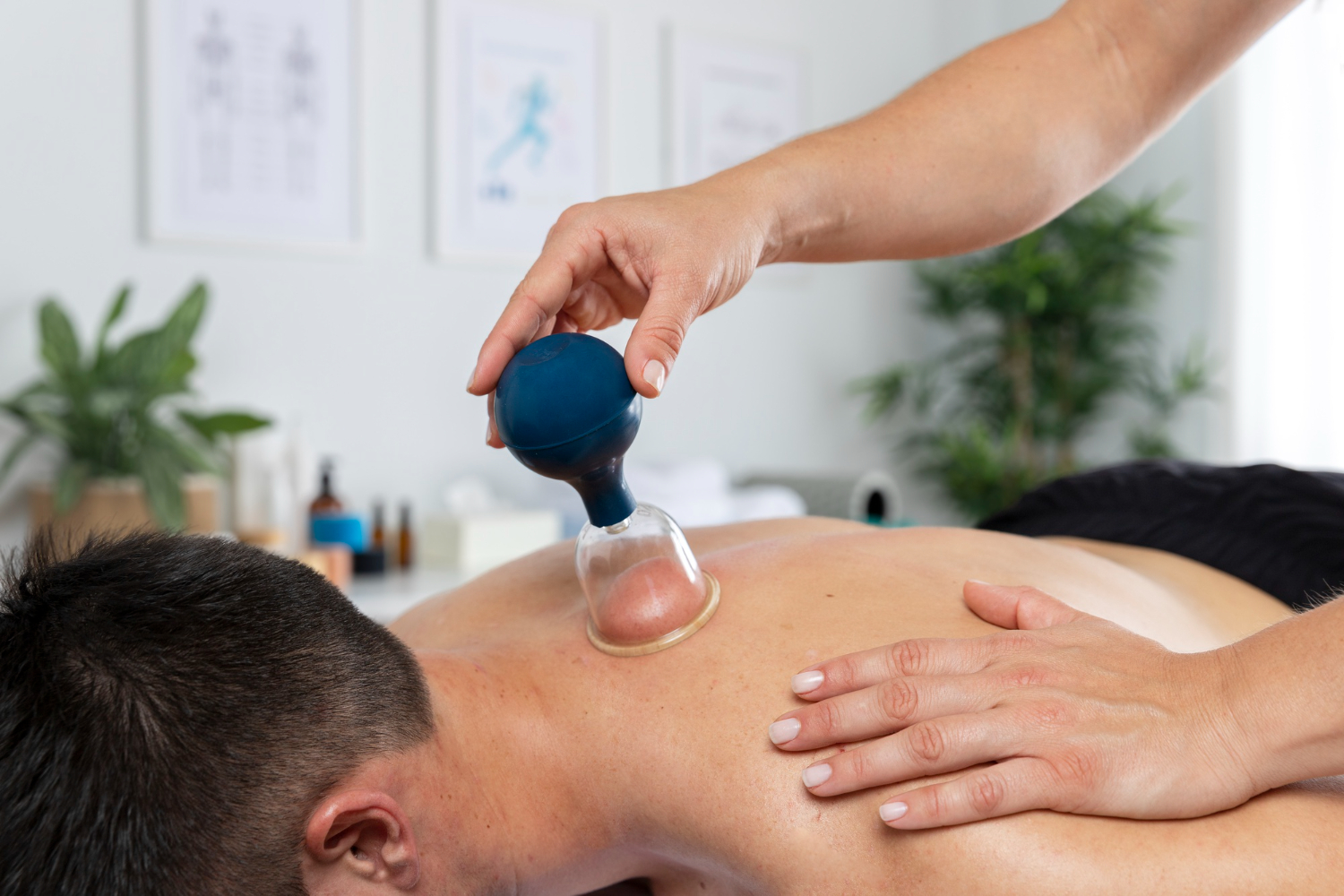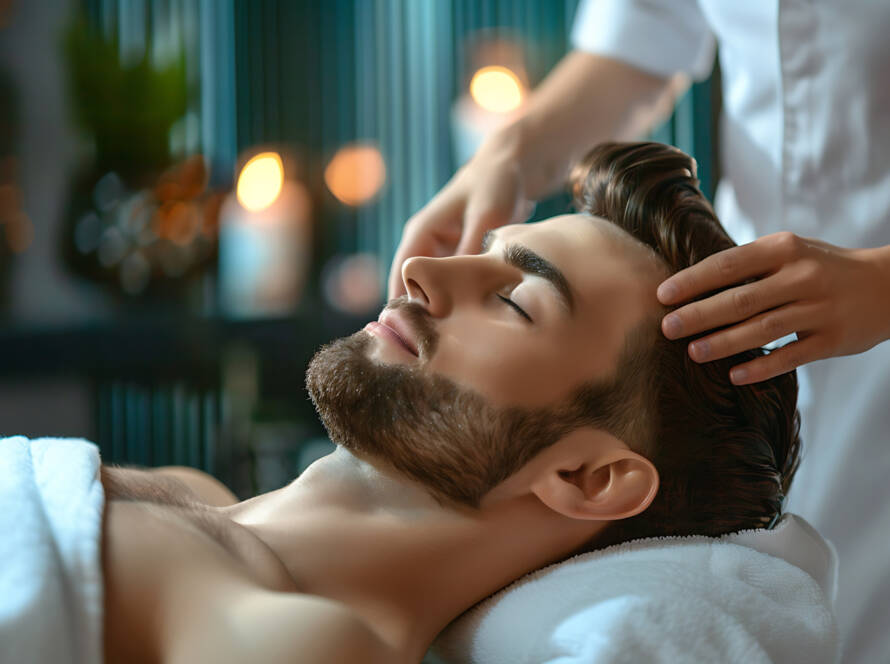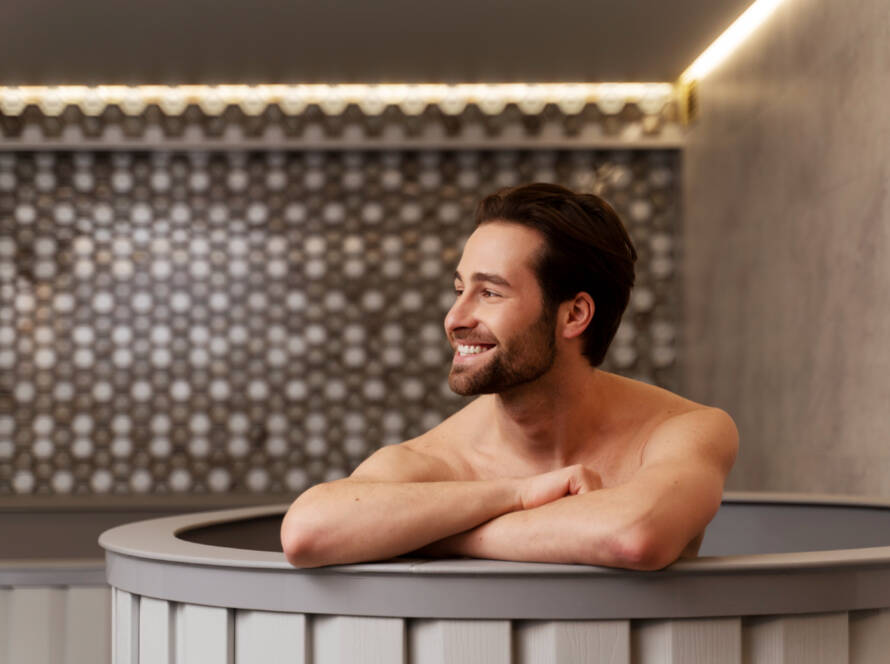Cupping therapy is a traditional treatment with a history spanning thousands of years, known for its ability to enhance overall health and treat certain medical conditions. Originating from ancient practices in civilizations such as China and the Middle East, cupping involves placing special cups on the skin and creating a vacuum effect by drawing out air, which leads to the suction of the skin and underlying tissues.
Types of Cupping
There are several types of cupping, including:
- Dry Cupping: Involves placing cups on the skin without any fluids or substances.
- Wet Cupping: Includes making small incisions on the skin before applying the cups to draw out a small amount of blood, which helps in removing toxins from the body.
How Cupping Works
Cupping therapy is believed to stimulate blood circulation in the area where the cups are applied. This stimulation helps improve blood flow, increasing the delivery of oxygen and nutrients to tissues, which enhances the body’s natural healing processes. Cupping is also thought to aid in detoxifying the body by improving fluid drainage and stimulating the lymphatic system.
Benefits of Cupping
- Pain Relief: Cupping is commonly used for relieving muscle pain and tension, helping to relax muscles and reduce muscle strain.
- Improved Circulation: By enhancing blood flow, cupping can aid in better circulation and oxygen delivery to tissues.
- Enhanced Natural Healing: Cupping may speed up the healing process for injuries and physical stress.
- Stress and Fatigue Relief: Cupping can be beneficial for alleviating stress and mental fatigue, promoting overall relaxation and well-being.
Precautions and Risks
Despite its numerous benefits, it’s essential to take precautions when undergoing cupping therapy. The treatment should be performed by a qualified specialist to ensure correct and hygienic techniques. Individuals with certain medical conditions, such as skin diseases or bleeding disorders, should consult a physician before starting cupping therapy.
Conclusion
Cupping remains one of the traditional treatments that continue to attract attention due to its various health benefits. If you are considering trying cupping therapy, be sure to consult with a qualified practitioner for appropriate guidance. Remember that traditional treatments should complement, not replace, modern medical care that you may require.



